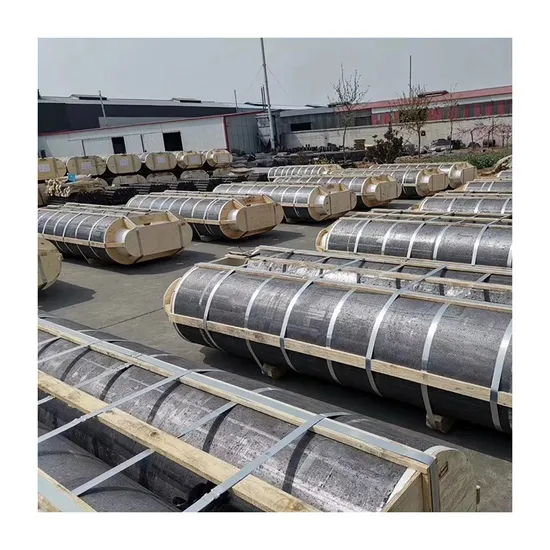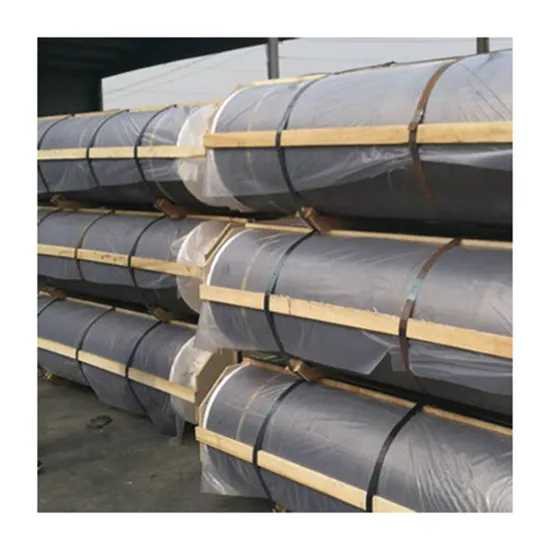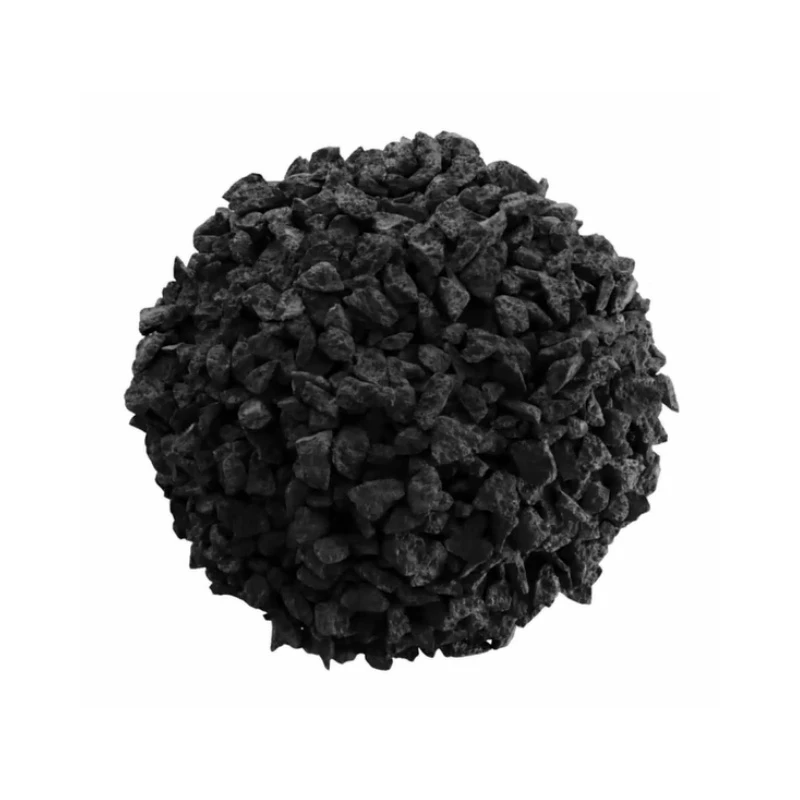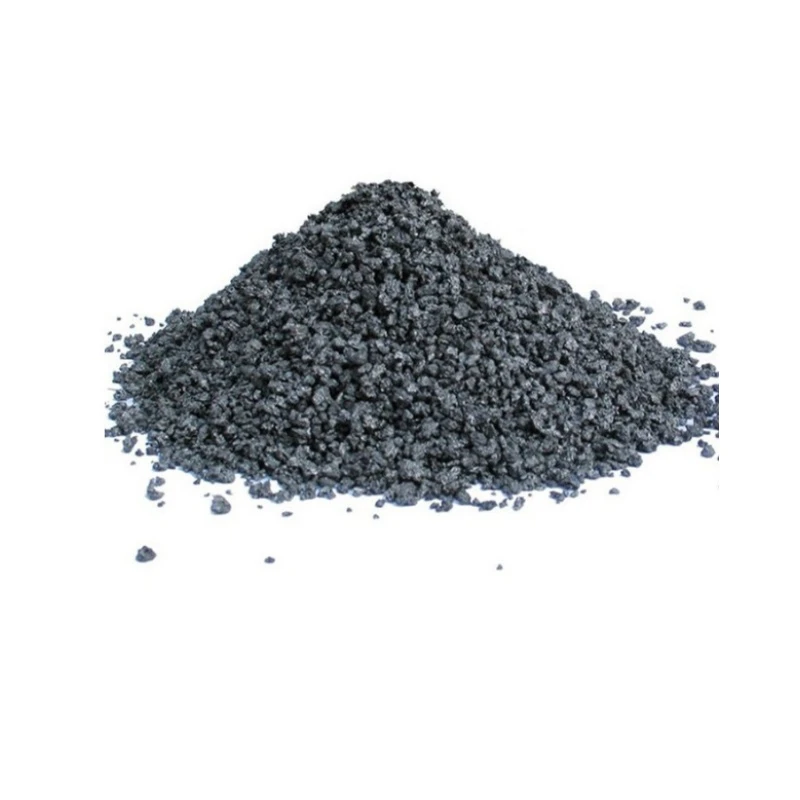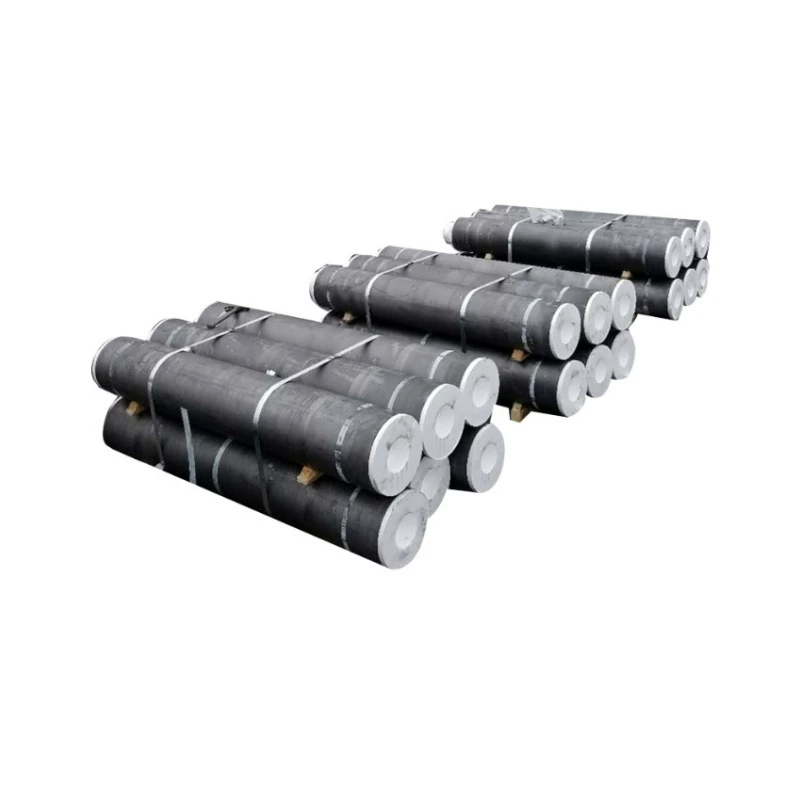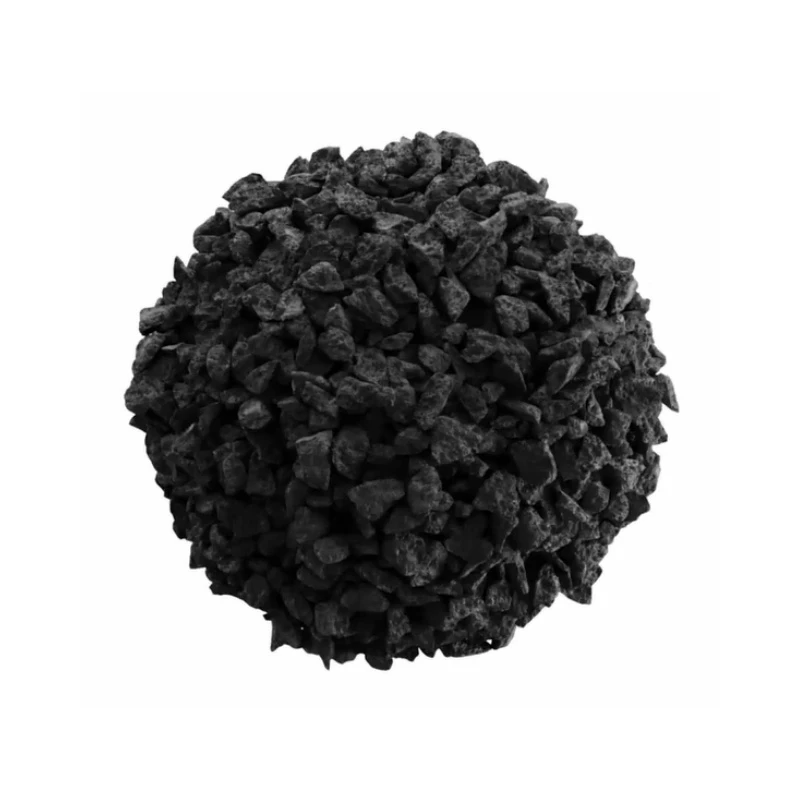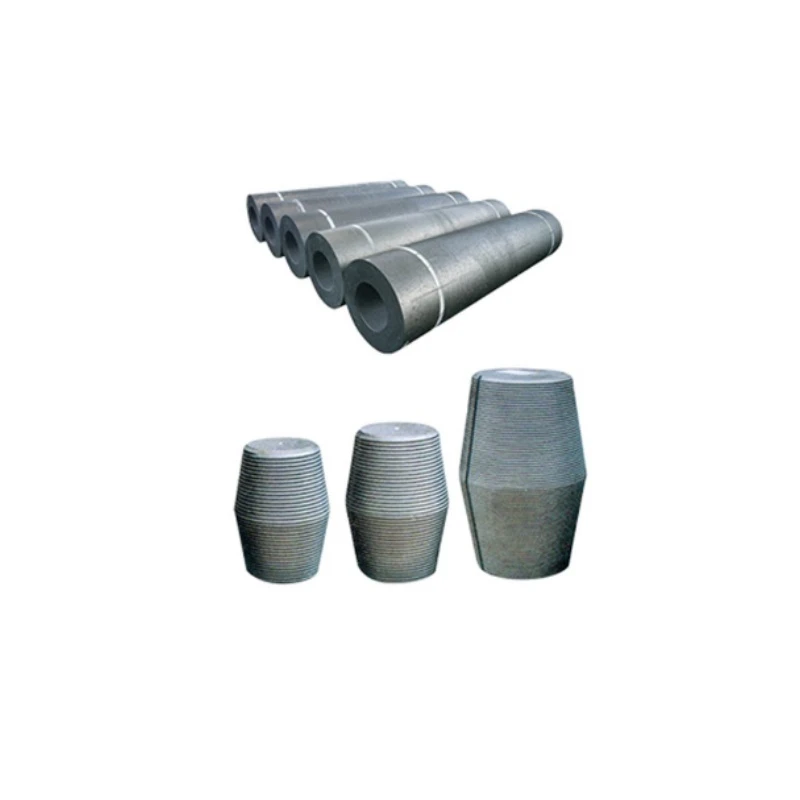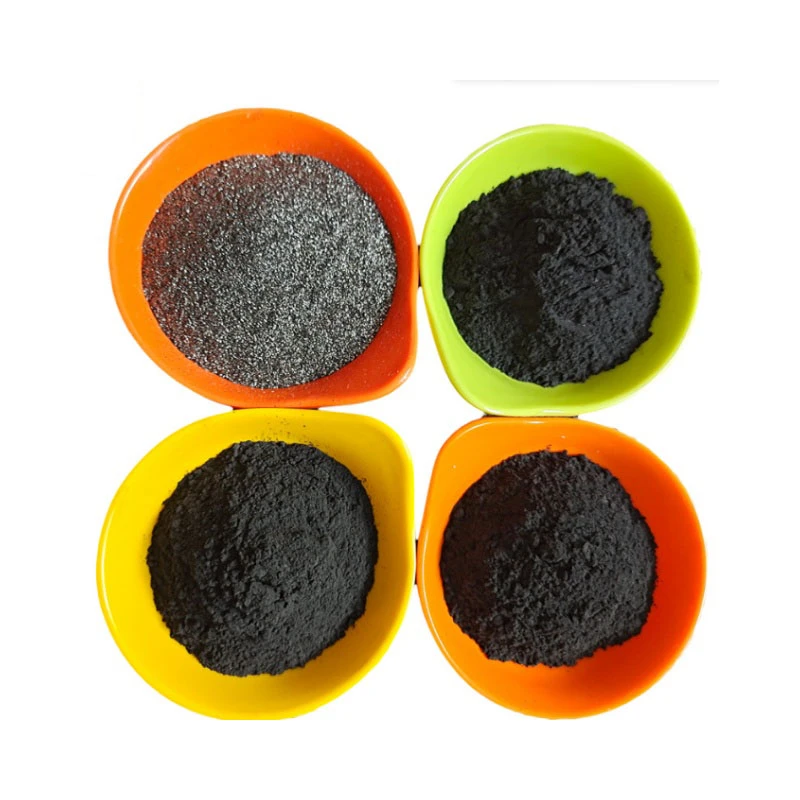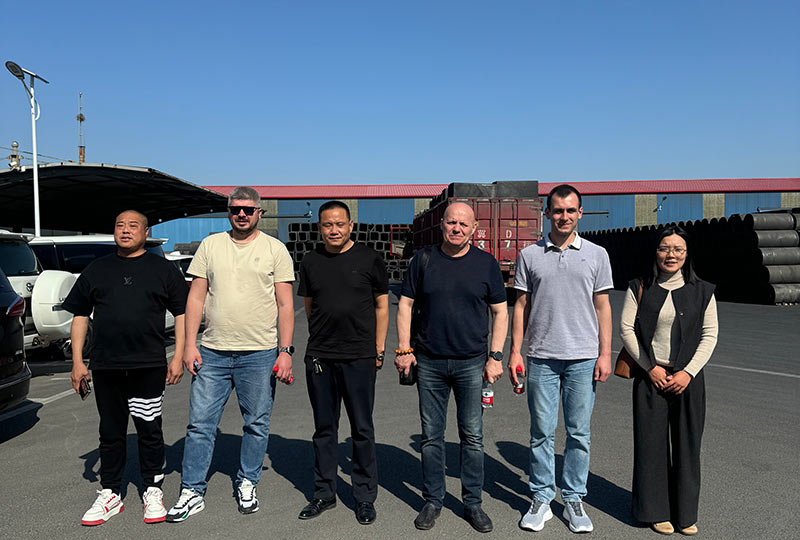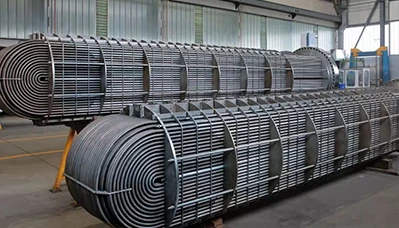- Englist


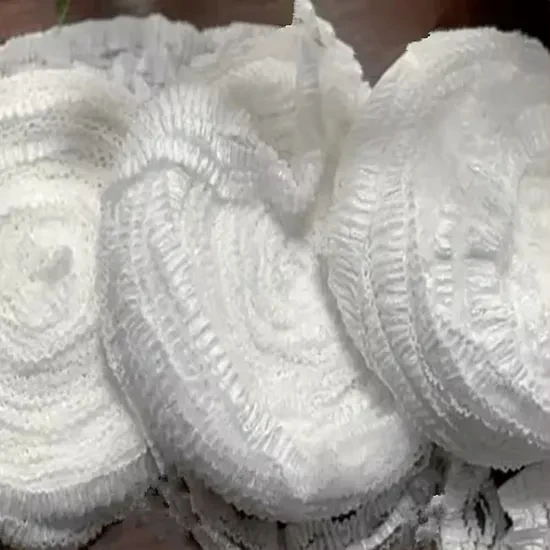
- Introduction to Pet Coke Specifications: Importance and Industry Context
- Technical Parameters and Data of Petroleum Coke
- Comparative Analysis of Leading Pet Coke Manufacturers
- Customization Solutions in Pet Coke Supply Chain
- Application Cases and Global Usage Trends
- Future Directions and Innovations in Pet Coke Technology
- Conclusion and Summary: Exploring Pet Coke Specifications' Value

(pet coke specifications)
Introduction: The Role of Pet Coke Specifications in Industrial Applications
Petroleum coke, known as pet coke, is a crucial industrial raw material derived from oil refining. Its specifications determine suitability for various applications, making an understanding of pet coke specifications
vital for supply chain decision-makers. The industry has witnessed exponential growth in demand, fueled by sectors such as cement, aluminum, steel, and power generation. Global pet coke production exceeded 150 million metric tons in the past year, with Asia-Pacific accounting for more than 45% of consumption. The technical metrics such as sulfur content, volatile matter, and calorific value not only influence pricing but also affect operational efficiency and environmental compliance. The continuous release of new pet coke specifications pdf documents by standardization bodies and manufacturers showcases the importance of data-driven specifications in this market.
Technical Overview: Analyzing Key Petroleum Coke Parameters
In-depth assessment of pet coke centers on a range of technical properties, which directly impact its usability in numerous industries. The main parameters are sulfur (S) content, fixed carbon, volatile matter, ash, moisture, metals (Ni, V), and calorific value. According to recent pet coke manufacturerspetroleum coke uses publications, a high-quality fuel-grade pet coke specification might include:
- Sulfur: 1.5%–7%
- Fixed Carbon: ≥85%
- Volatile Matter: 8%–13%
- Ash: ≤0.5%
- Moisture: 6%–8%
- Gross Calorific Value: 8,000–8,500 kcal/kg
- Nickel: ≤200 ppm
- Vanadium: ≤500 ppm
Manufacturer Comparison: Top Global Pet Coke Producers
The global pet coke market is served by a diverse array of producers, varying in specialization, geographic coverage, and specification consistency. For strategic sourcing, buyers consider not just technical parameters but also logistics, environmental certifications, and after-sales support. Below is a comparative data table of key manufacturers based on their standard pet coke product lines:
| Manufacturer | Region | Sulfur (%) | Fixed Carbon (%) | Ash (%) | Calorific Value (kcal/kg) | Annual Capacity (MT) | Quality Certifications |
|---|---|---|---|---|---|---|---|
| Oxbow Corporation | USA | 2.0–7.5 | 87–90 | 0.5–1.0 | 8,000–8,400 | 18 million | ISO 9001, ISO 14001 |
| Rain Carbon Inc. | USA/EU/India | 1.5–6.0 | 85–89 | 0.5–1.2 | 8,200–8,500 | 2.8 million | REACH, ISO 9001 |
| Reliance Industries | India | 2.0–6.5 | 85–88 | 0.4–1.0 | 8,100–8,350 | 10 million | ISO 14001, OHSAS 18001 |
| SINOPEC | China | 1.8–5.8 | 85–90 | 0.3–0.8 | 8,200–8,450 | 25 million | ISO 9001, SGS |
While Oxbow and Rain Carbon dominate the North American and European segments with stringent environmental controls, SINOPEC leads in volume and diversified product range. Reliance Industries, in India, is known for consistency in fuel-grade and anode-grade pet coke. Supplier choice hinges upon matching specification sheets—often disseminated as pet coke specifications pdf—to technical and regulatory requirements.
Tailored Supply: Customization Solutions and On-Demand Specification Matching
In today’s competitive landscape, end-users require pet coke tailored precisely to their process parameters, such as kiln performance in cement or anode purity in aluminum. Leading pet coke manufacturerspetroleum coke uses offer customization through advanced blending, sulfur reduction, and demetallization technologies. For instance, selective blending enables achieving target sulfur of 2.5% for low-emission power plants, accompanied by near-zero ash. New fluid coking and delayed coking process innovations have reduced process moisture to under 6%, improving combustion efficiency by up to 7%. Detailed QA systems monitor every shipment, with comprehensive digital pet coke specifications pdf reports available pre-shipment. This customer-centric approach ensures specifications consistently meet tight international standards.
Application Showcase: Real-World Uses and Emerging Trends
The versatility of pet coke is evident in its adoption across industries:
- Cement Industry: Pet coke accounts for 45% of fuel in global clinker production, with demand for low-volatile, high-carbon grades supporting energy savings of up to 15% over coal.
- Aluminum Smelting: Anode-grade pet coke usage exceeds 25 million tons per year, with low-sulfur, low-metal content critical for high-purity aluminum outputs.
- Steel Manufacturing: Utilize calcined pet coke for recarburizing, benefiting from its high fixed carbon content (typically over 98%).
- Power Generation: Pet coke-fired power plants in India and China now collectively handle over 30 million tons annually, with investments in hybrid boiler technologies improving emissions by 12–17%.
- Titanium Dioxide Production: Leverages the high purity and specific chemical properties of pet coke for enhanced pigment quality.
Innovation and Sustainability: The Evolving Future of Pet Coke
The future of pet coke is shaped by both technological upgrades and sustainability drivers. Leading R&D efforts focus on ultra-low sulfur pet coke, green anode-grade technologies derived from renewable sources, and process solutions to minimize trace metals. Digital supply chain tracking, real-time monitoring, and AI-facilitated quality predictions ensure tighter adherence to evolving pet coke specifications. On the regulatory front, the development of waste-to-value initiatives and reprocessing of spent pet coke are contributing to the circular economy. By 2030, it is projected that over 35% of global pet coke production will be derived from refineries equipped with carbon-capture and sulfur-recovery technologies, reducing the sector’s total GHG emissions by upwards of 20%. These innovations not only elevate specification benchmarks, but also open new market segments unmet by traditional pet coke specifications.
Conclusion: Maximizing Value Through Rigorous Pet Coke Specifications
Understanding and leveraging pet coke specifications is integral to optimizing industrial performance, ensuring environmental compliance, and achieving cost leadership. The data-driven evolution of this sector has empowered buyers to compare manufacturers on granular technical, logistical, and sustainability metrics. With application scopes spanning from cement kilns to cutting-edge anode fabrication, the value of accurate, comprehensive pet coke specifications cannot be overstated. Whether accessed through detailed technical datasheets, specification pdfs, or supplier portals, these metrics support smarter sourcing and operational success. As innovation accelerates, the careful selection and customization of petroleum coke will continue to be a cornerstone of industrial competitiveness and environmental stewardship worldwide.

(pet coke specifications)





 Pervious
Pervious
 Next
Next
